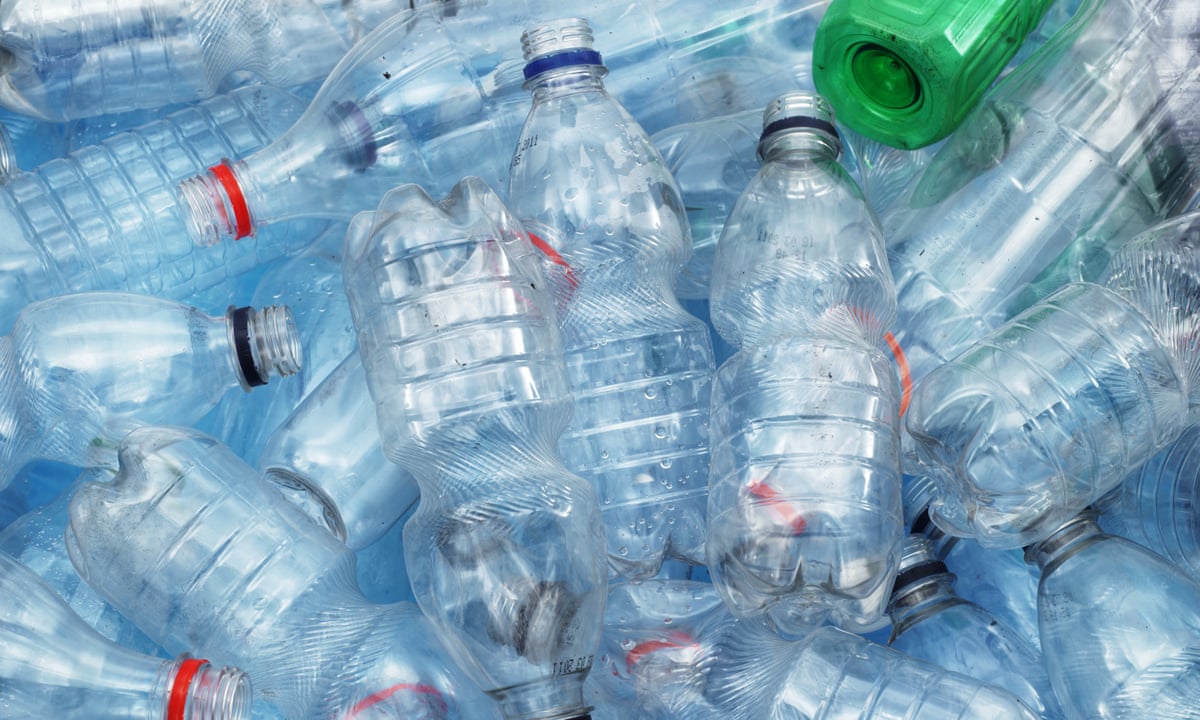A new process accelerates the recycling of plastic waste. Disposable bottles for aviation fuel: A team from Washington State University (WSU) has developed a process to extract kerosene or other substances from bottles and other plastic waste.
The basic material for the process is polyethylene, the most commonly used plastic from which bags and bottles, as well as pipes and furniture, are made. The polyethylene is dissolved in the organic solvent n-hexane. The solution is heated to around 220 degrees and the long carbon chains are broken down with the help of the ruthenium catalyst.
What remains are chains of 8 to 16 carbon atoms. Hydrogen is introduced into the process, which combines with the carbon. Liquid hydrocarbons are produced that can be used as fuel.
Before, recycling took too long
The Washington State University team presented a process for converting polyethylene into kerosene some time ago. But so far this has taken place at high temperatures and took a long time.
After the improvements, lower temperatures are now necessary. Above all, however, the process has been accelerated: 90 percent of the starting material would be converted within an hour, the researchers describe in the specialist journal Chem Catalysis . That reduces the cost of the process.
“In the recycling industry, the costs are crucial” , said project Hongfei Lin . The improved process is therefore an important step in bringing the new technology to market maturity.
In addition to kerosene, high-quality lubricants and raw materials for the chemical industry can also be produced in this way. Adjusting conditions, such as temperature, time, or the amount of catalyst used, is critical to fine-tuning the process to create specific products, according to the researchers.
“Depending on the market, you can determine which product you produce,” said project manager Lin. “You are flexible. Using this efficient process could be a promising approach for the selective manufacture of high-quality products from polyethylene waste.”
